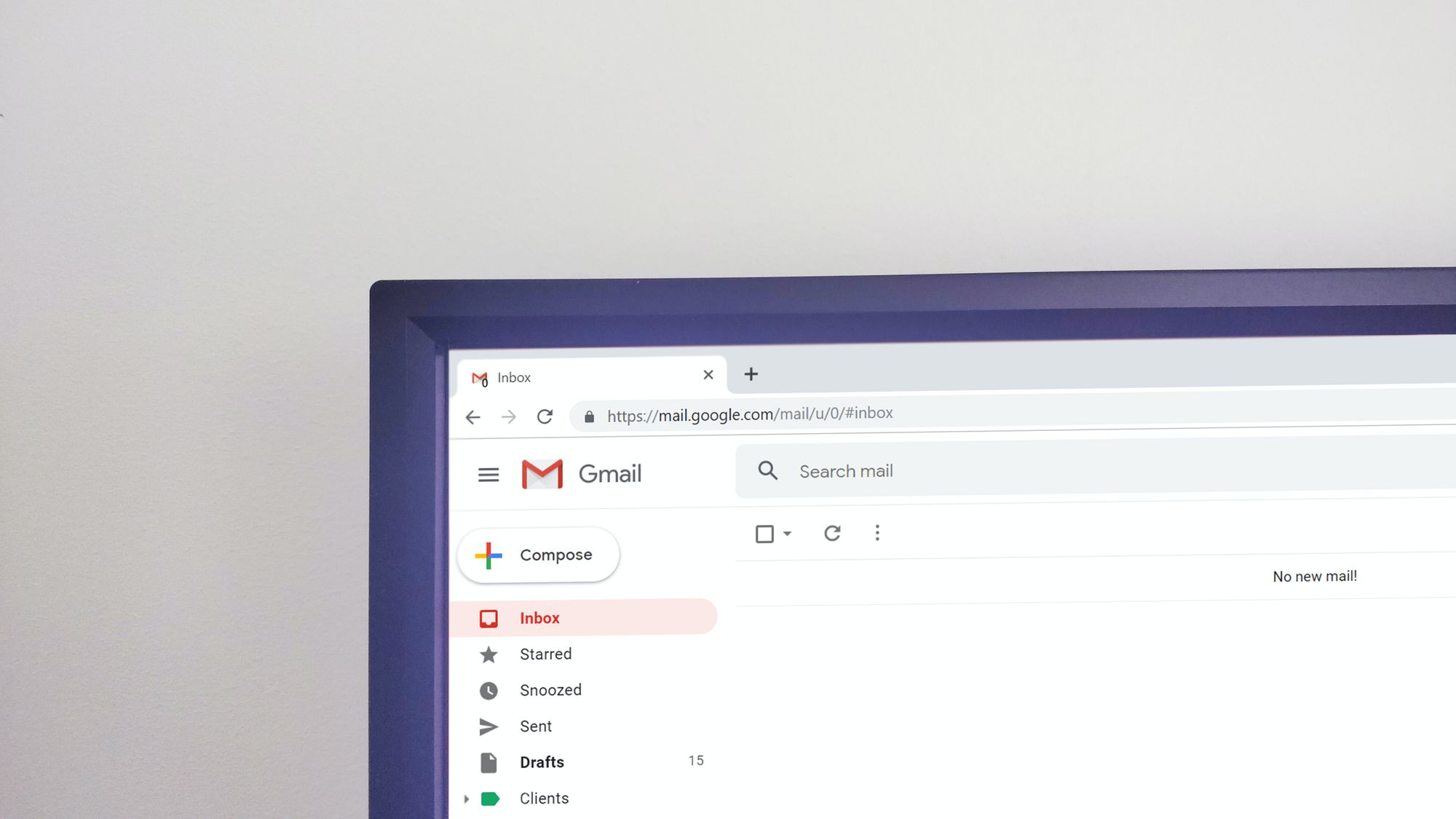Email marketing continues to be one of the most effective channels for businesses to connect with their audience and drive conversions. However, the success of your email campaigns relies heavily on email deliverability. In this comprehensive guide, we will uncover crucial facts about email deliverability, explore industry statistics, and provide expert tips to enhance your inbox placement rates and achieve better results from your email marketing efforts.
Understanding Email Deliverability

Email deliverability refers to the ability of your emails to successfully reach the intended recipients' inboxes. It's a complex process influenced by various factors, including sender reputation, content quality, authentication protocols, and engagement metrics. By understanding the following email deliverability facts, you can optimize your campaigns and improve your chances of reaching the inbox.
Sender Reputation Matters
Your sender reputation is a critical factor in email deliverability. Internet Service Providers (ISPs) evaluate your reputation based on several factors, including your sending IP address, domain, and engagement metrics. A positive sender reputation increases the likelihood of your emails landing in the inbox, while a poor reputation can result in your messages being marked as spam or rejected.
Authentication Is Essential
Implementing authentication protocols such as SPF (Sender Policy Framework), DKIM (DomainKeys Identified Mail), and DMARC (Domain-based Message Authentication, Reporting, and Conformance) is crucial for email deliverability. These protocols verify the authenticity of your emails and protect against spoofing and phishing attempts, giving ISPs confidence in delivering your messages.
Content Quality Matters
The content of your emails significantly impacts deliverability. ISPs analyze various elements, including subject lines, body content, and HTML structure, to determine if your emails are legitimate and relevant to recipients. Avoid spam trigger words, excessive capitalization, and misleading subject lines. Focus on delivering valuable, personalized, and engaging content to enhance deliverability.
List Hygiene Is Key
Maintaining a clean and engaged email list is essential for deliverability. Regularly remove invalid, dormant, or inactive email addresses from your list to minimize bounces and spam complaints. Implement a double opt-in process to ensure subscribers genuinely want to receive your emails, reducing the likelihood of being marked as spam.
Engagement Metrics Influence Deliverability
ISPs closely monitor recipient engagement with your emails. Metrics such as open rates, click-through rates, and spam complaints provide insights into the quality and relevance of your messages. Focus on creating compelling content, personalization, and segmentation to increase engagement and improve deliverability.

Important Email Deliverability Statistics

To further understand the significance of email deliverability, let's explore some eye-opening industry statistics:
- According to Statista, the number of global email users is expected to reach 4.6 billion by 2025, making email marketing an invaluable channel for businesses.
- HubSpot's research shows that personalized subject lines can increase email open rates by 50%. Tailoring your messages to individual recipients improves engagement and deliverability.
- The average email open rate across industries is around 20%, indicating the importance of crafting compelling subject lines and content to capture recipients' attention.
- Maropost reports that 20% of legitimate emails never reach the inbox, highlighting the significance of focusing on deliverability optimization.
- According to Oberlo, segmented email campaigns have a 14.31% higher open rate than non-segmented campaigns. Segmentation allows for targeted messaging and improved deliverability.
FAQs about Email Deliverability
Q1: How can I improve my sender reputation?
A: Focus on maintaining a low bounce rate, minimizing spam complaints, and engaging with your subscribers. Regularly monitor your sender reputation using reputable email deliverability tools and follow best practices to enhance your reputation.
Q2: How can I avoid being marked as spam?
A: Avoid using spam trigger words, misleading subject lines, or excessive capitalization. Implement authentication protocols (SPF, DKIM, DMARC) and adhere to content quality guidelines. Focus on delivering valuable, relevant content to your subscribers.
Q3: How can I enhance recipient engagement with my emails?
A: Personalize your emails, segment your audience, and create compelling content. Monitor engagement metrics and adjust your strategies based on recipient preferences and behavior.
Q4: What tools can I use to monitor email deliverability?
A: There are several reputable email deliverability tools available, such as Mailtrap, Campaign Monitor, and Maropost. These tools provide insights into your sender reputation, deliverability rates, and potential issues.
Q5: How can I optimize my email campaigns for better deliverability?
A: Implement best practices such as maintaining a clean email list, personalizing your content, testing your emails before sending, and monitoring engagement metrics. Continuously evaluate and adapt your strategies based on industry trends and recipient feedback.
Conclusion
Email deliverability is a crucial aspect of successful email marketing. By understanding the facts surrounding deliverability and implementing best practices, you can improve your inbox placement rates, engage your audience, and drive better results from your email campaigns. Focus on building a positive sender reputation, optimizing content quality, and nurturing an engaged subscriber base. Stay updated with industry statistics and leverage email deliverability tools to monitor and enhance your email marketing efforts.

